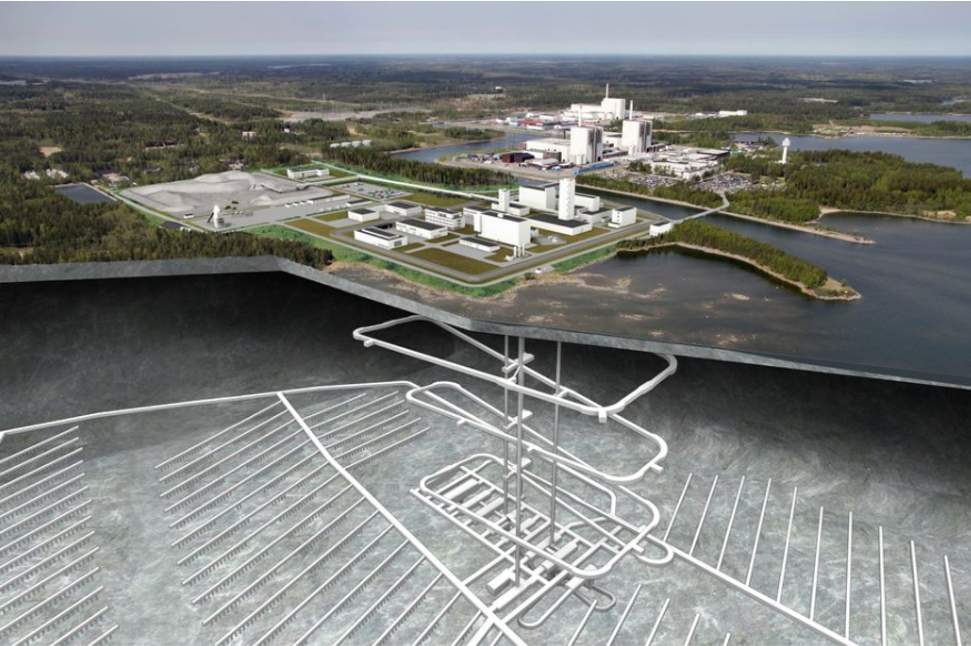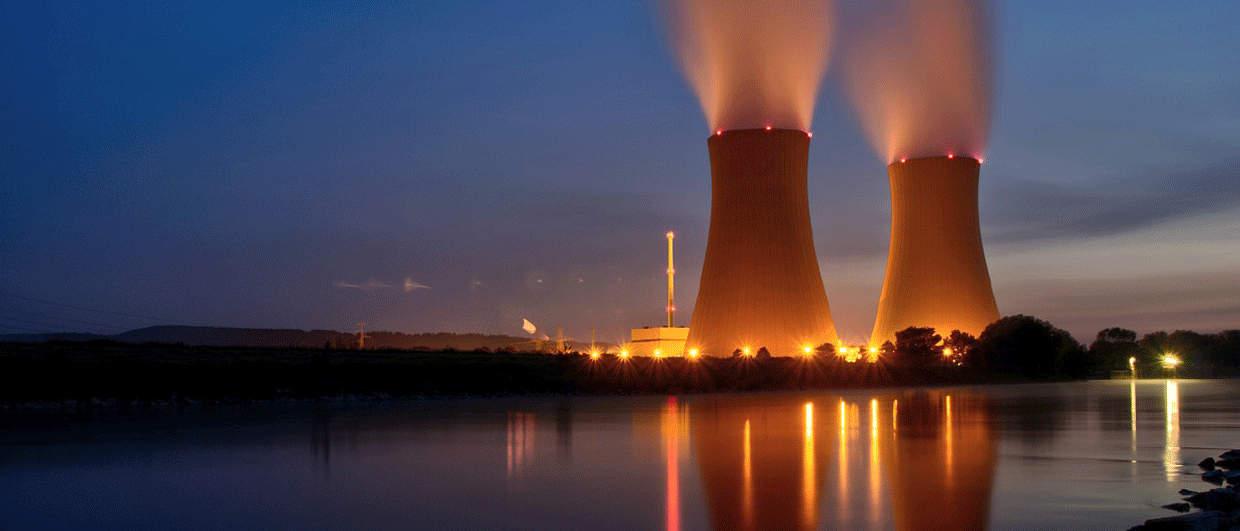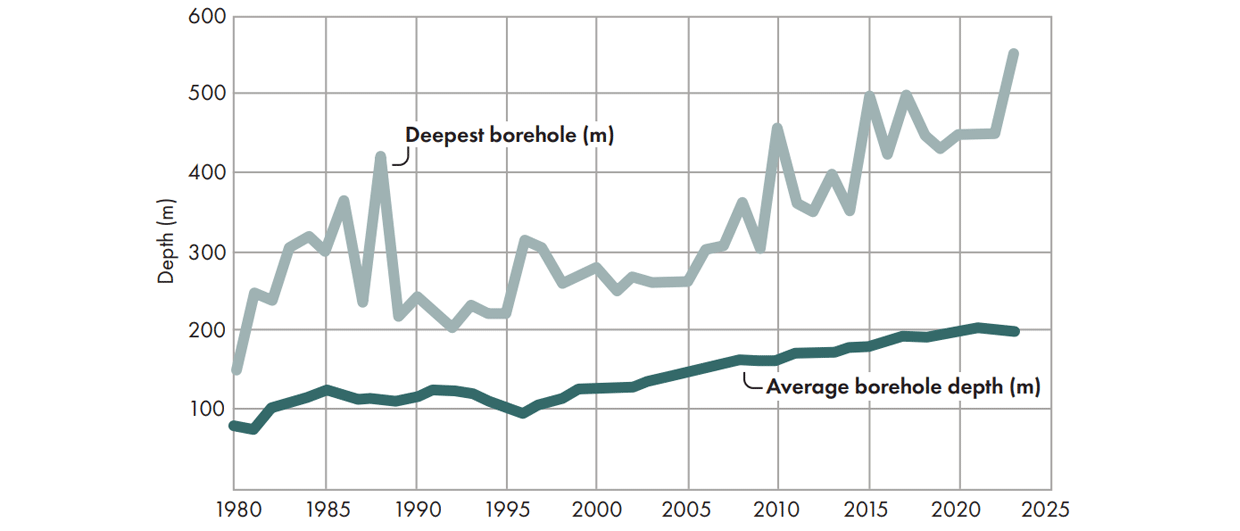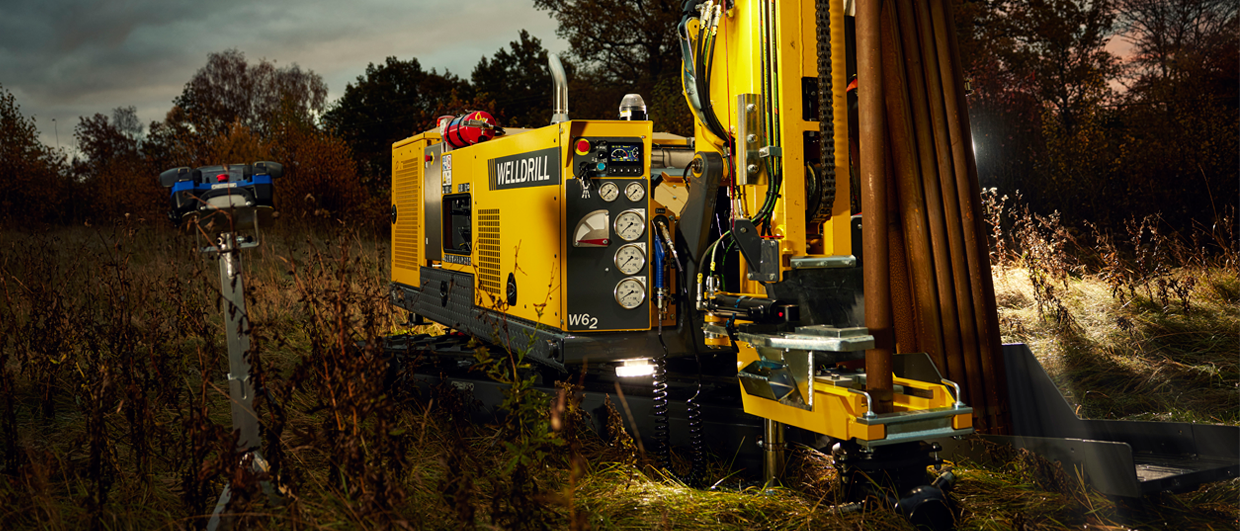After many years of study and preparation, a landmark decision has now been reached to build a geological repository for nuclear waste. This is not only good news for Sweden and the company carrying out the work (SKB), but it also sets an example to those countries where studies are still ongoing.
Sveden follows in the footsteps of Finland, where the world’s first deep geological storage site for nuclear waste was announced last year.
SKB stands for Svensk Kärnbränslehantering. The company researched and developed technology for the final repository for more than 40 years in collaboration with experts from universities, research institutes and higher education institutions in Sweden and abroad.
The final repository method was reviewed and assessed by the Swedish Radiation Safety Authority and the Land and Environment Court. The host municipalities, Östhammar and Oskarshamn, have also worked on the preparations for a long time and have thereby taken considerable national responsibility for ensuring that Sweden has a functioning final repository system in place.
The reason to select the site in Forsmark, which is situated around 100 km north of Stockholm along the Baltic coast, is that the granitic bedrock contains a relatively small number of fractures. Around 800 scientific reports were produced during the investigation, whereby 25 cored boreholes were drilled amounting to a total length of 16 km. Read more about the geology of the site here.
Only when all licences will have been secured can construction start, after which time, it will take about 10 years to build the repository.
What happens elsewhere?
In the meantime, the UK, the Netherlands, Germany and Switzerland are still in the process of deciding where their national repository will need to be built. For instance, in the UK there is currently a project ongoing to look at the different rock properties in which a potential repository may be built. It illustrates the immature state in the entire process that will need to be fulfilled.
In the Netherlands, a study to look at the Rupel Clay of Oligocene age as a candidate for nuclear waste disposal was finished some years ago, but the selection of a site is still far off. In Switzerland, an extensive drilling and coring programme has recently been completed with the same purpose. In the meantime, the Germans are only in the process of selecting a site for drilling the first exploration wells.
It shows how far ahead the Swedes are in terms of realising a permanent storage. Even though it will at least be ten years from now, they will be way ahead of many surrounding countries.
HENK KOMBRINK





